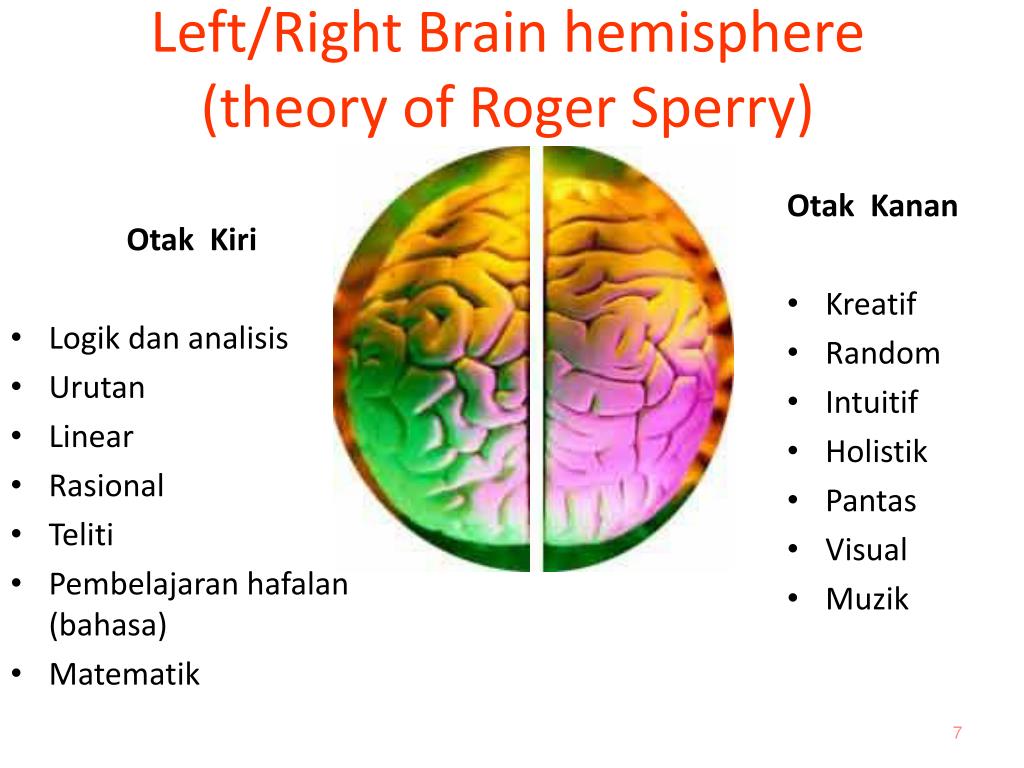
But deeper knowledge is necessary to understand if and how developmental coupling of different functions is based on a shared genetic background or on the impact of environmental influences. Since other forms of behavioral lateralization are less investigated, it is unclear as to how far different functions display similar heritability. Several studies analyzing the ontogenetic origin of cerebral lateralization provide evidences for a genetic foundation of handedness in humans that is modulated by environmental influences. The experimental task may prove useful as an easily administered test of inhibition in the auditory domain, with implications for examining attention functions in healthy and clinical groups. The present thesis thus shows that priming in the dichotic listening experimental paradigm modulates cognitive mechanisms, which has effects on response selection. The third report used fMRI to show that the task evokes activation in posterior medial frontal and right ventrolateral brain areas, and presented a theoretical model in which the activations reflect detection of cognitive conflict and inhibition, respectively. The second report showed that the priming manipulation can be combined with the more traditional attention instructions manipulation, and that the two types of experimental manipulation showed an interaction. The first report showed that priming one of the stimuli in the dichotic situation biases response selection away from the primed dichotic stimulus, and that the manipulation is effective with both auditory and visual priming. The current work presents three studies that introduce a novel way of manipulating which stimulus is reported in dichotic listening. Which of the stimuli the participant reports has previously been shown to depend on language lateralization and attention instructions. The dichotic listening experimental paradigm creates an ambiguous situation for the participant by presenting two auditory stimuli simultaneously, one in each ear. The post hoc analysis of the interaction pattern allowed for an assignment of these regions to either of two sets of regions which can be interpreted to constitute two different brain networks: a fronto-parietal attention control network, involved in the integration of saliency-based and instruction-based processing preferences, and a medial-lateral frontal cognitive control network, involved in the processing of the conflicts arising in the attempt to follow the attentional instruction in face of the varying inter-aural stimulus salience. A significant interaction of IID manipulation and attentional instruction was detected bilaterally in the inferior parietal lobe and pre-supplementary motor area, and in the precentral gyrus, anterior cingulate cortex, and inferior frontal gyrus of the right hemisphere. We tested 20 participants with a dichotic auditory discrimination task in which the relative perceptual salience of two simultaneously presented syllables was parametrically varied by manipulating the inter-aural intensity differences (IIDs) and instructing the subjects to selectively attend to either the louder or weaker of the two stimuli. In the present event-related functional magnetic resonance imaging (fMRI) study we investigated the dynamics of neuronal networks during varying degrees of top-down control demands.

The demands for the recruitment of top-down control processes depend on the relative salience of the competing stimuli. In the competition for limited processing resources, top-down attention and cognitive control processes are needed to separate relevant from irrelevant sensory information and to interact with the environment in a meaningful way.

Thus, bottom-up intensity and top-down attention manipulations should not be regarded as independent but rather interacting factors when it comes to the manipulation of the ear advantage in a dichotic listening situation. Post-hoc analysis showed that the effect of directing attention was reduced when the intensity difference favored the to-be-attended ear. The results showed a significant interaction of bottom-up and top-down manipulations with respect to the modulation of the ear advantage.
DICHOTIC LISTENING PSYCHOLOGY DEFINITION FREE
Top-down manipulation consisted of three conditions with different attention instructions: one free report condition, and each one condition requiring the participants to focus their attention on the right ear and on the left ear, respectively. Bottom-up stimulus characteristics were manipulated by gradually varying interaural intensity difference from -21 dB in favor of the left ear to +21 dB in favor of the right ear (including a no difference baseline condition). For this purpose, thirty-five right-handed participants with normal hearing acuity were tested with consonant-vowel dichotic stimulus pairs. The aim of the study was to investigate interactions between top-down and bottom-up information processing in the auditory domain.


 0 kommentar(er)
0 kommentar(er)
